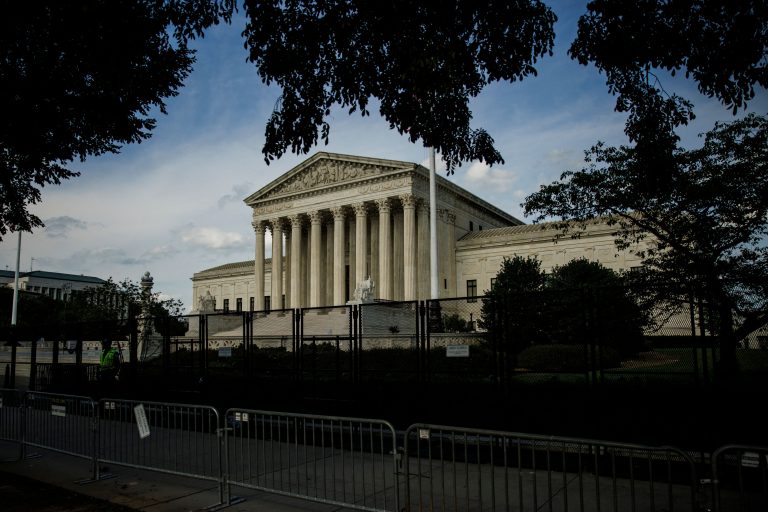On June 30, the U.S. Supreme Court ruled 6-3 that the Clean Air Act — the United States’ primary federal air quality law — does not afford the U.S. Environmental Protection Agency (EPA) widespread power to regulate carbon dioxide emissions from power plants. The court’s opinion asserts that Congress, “or an agency acting pursuant to a clear delegation from that representative body,” should be responsible for a decision “of such magnitude.”
The majority opinion was written by Chief Justice Roberts and was supported by the court’s five conservative judges. All three of the court’s liberal justices dissented.
The case, West Virginia v EPA, the catalyst for the opinion, was on whether or not under the Clean Air Act, Congress constitutionally authorized the EPA to implement regulations on states to reduce carbon emissions by moving away from coal-fired power plants to other forms of energy.
In the opinion, Justice Roberts wrote, “”[c]apping carbon dioxide emissions at a level that will force a nationwide transition away from the use of coal to generate electricity may be a sensible ‘solution to the crisis of the day.’ But it is not plausible that Congress gave EPA the authority to adopt on its own such a regulatory scheme in Section 111(d)” of the Clean Air Act.
The dissenting judges, Justice Elena Kagan alongside Justices Sonia Sotomayor and Stephen Breyer, said that the decision strips the EPA of the power Congress gave it to respond to “the most pressing environmental challenge of our time,” Fox News reported.
Success
You are now signed up for our newsletter
Success
Check your email to complete sign up
The ruling stems in part from the EPA’s Clean Power Plan which was finalized in 2015 and implemented a directive from then-President Barack Obama to use a provision of the Clean Air Act to address climate change. The directive imposed mandates on existing coal and natural gas power plants to reduce emissions.
West Virginia Solicitor General, Lindsay See, during oral arguments before the high court said that Congress had directed the EPA to partner with states “to regulate on a source-specific level, which means identifying measures particular buildings can take to reduce their own emissions,” however See argued that that the D.C. circuit went beyond that.
See said the EPA had much broader power “to reshape the nation’s energy sector” by choosing which sources should exist and setting standards on energy providers to “make it happen.”
“Yet, EPA can now regulate in ways that cost billions of dollars, affect thousands of businesses, and are designed to address an issue with worldwide effect. This is major policy making power under any definition,” See said adding that the Clean Air Act “did not green-light this transformative power.”
West Virginia Gov. Jim Justice applauded the opinion saying in a statement that the ruling will “stop unelected bureaucrats in Washington D.C. from being able to unilaterally decarbonize our economy just because they feel like it.”
Justice said that the court’s ruling will allow the duly elected members of Congress to represent the will of the people when it comes to “balancing our desire for a clean environment with our need for energy and the security it provides us.”















